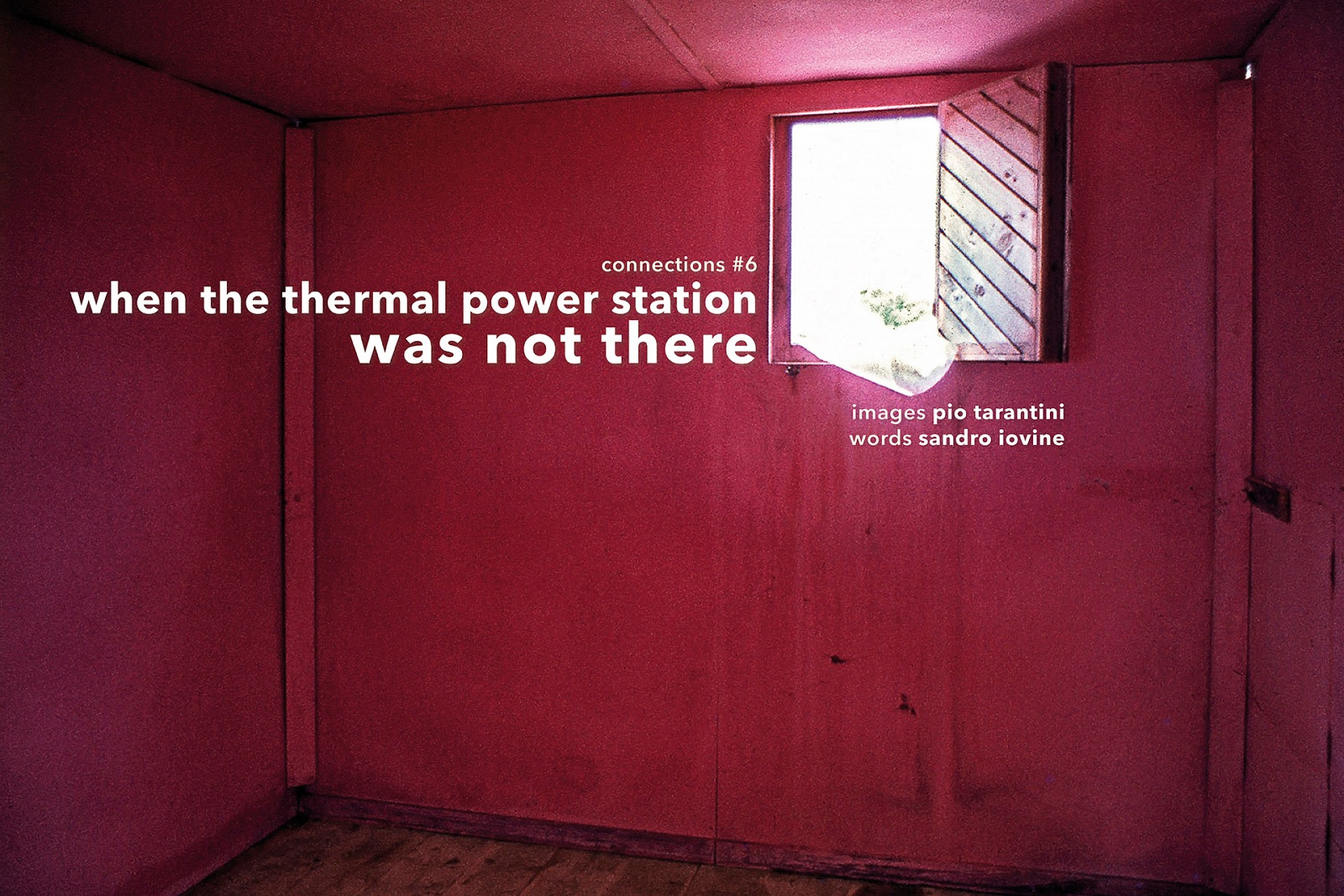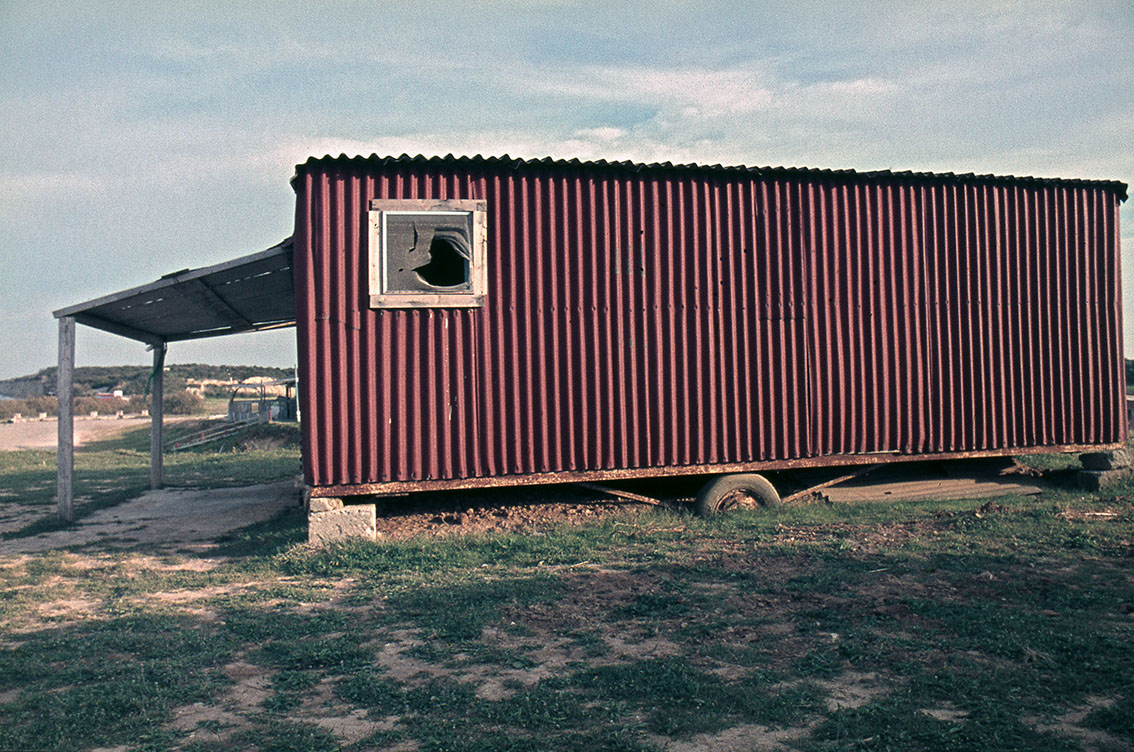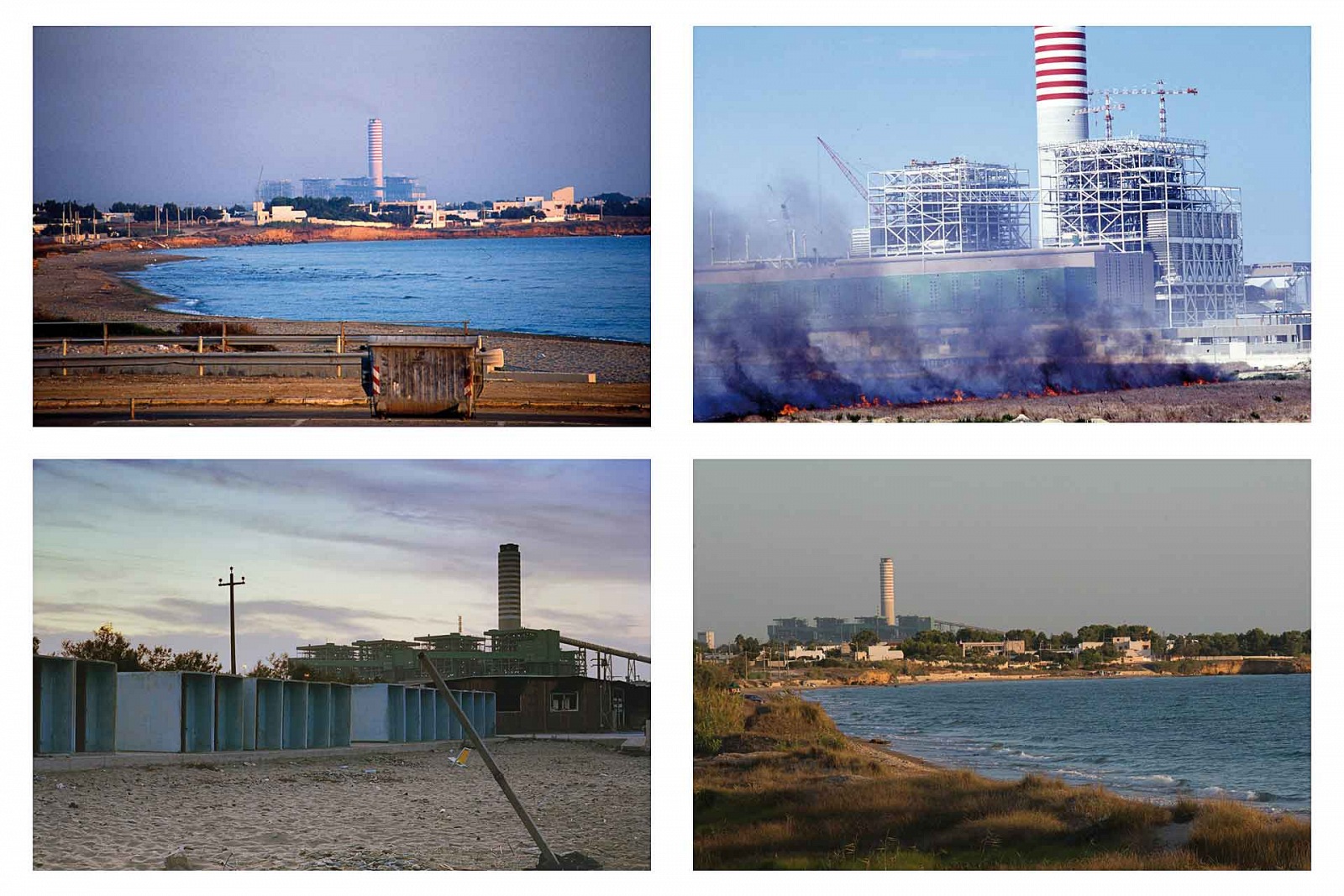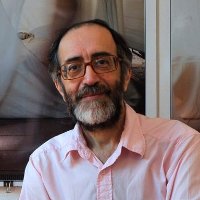That of Cerano, in the province of Brindisi, was in the seventies a common reality to a different identity of the Italian maritime province just think of, an example for them all, the bathing huts on the Poetto seashore in Cagliari. A phenomenon of micro seasonal nomadism on the coast had given rise to a village consisting of shacks made mostly from recycled materials, where people used to spend the summer season.
A renewed tradition, indeed literally rebuilt year after year with wooden boards, billboards and metal sheets, repainted with loving care so as to assume the air of a summer residence. A poor residence, certainly, without any kind of structure as far as hygiene was concerned, but no less dignified.
A transformation of the territory which was manifested in the work of man approaching the hottest season, a radical intervention on the landscape, forced to adapt to social needs that took root in the period of the economic boom. A reflection of that society forged on an accepted system and made on the basis of an economy now liberated from pure rurality. And it will be that economy – which, with its transformations will prove increasingly hungry for energy – to dictate the subsequent transformations.
The precarious multi coloured houses stretching out along the beaches of Cerano have had to give way to the thermal power station of Cerano-South Brindisi. The landscape that before had been redefined on the basis of poor summer homes, enriched with sharp lines and bright paintwork, somehow expressed the euphoria of a nation able to boost its self-confidence along with its GDP.
|
|
The demolition of slums is not only a reflection of an economic model in which the search for sources of energy, needed to carry out a process of industrialisation plays a key role, but it is also the cancellation of a cultural identity based on traditions of a fundamentally agricultural economy.
The disorientation that you can feel in front of the transience of human intervention on the landscape is nothing but a mirror of the way in which modern man transforms (or he is under the illusion of doing so) to attempt to adapt to changes that he himself produces, while he delegates to the photographic image the memory – which is often wrapped with unjustified nostalgia – of his previous steps.
[
Sandro Iovine ]
--------------------------------------------
(*) - Free translation from Henri Cueco, Approche du concepit de paysage, quoted in Breve storia del paesaggio, Sellerio Editore, Palermo, 2009; p. 25.
|
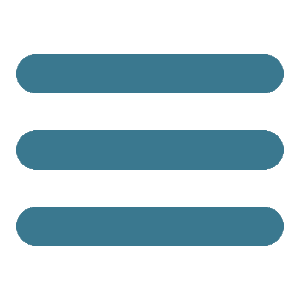
 home
cover ▼
opinions
news ▼
portfolio
post.it
post.cast
video
ongoing
thematicpaths
googlecards
FPtag
home
cover ▼
opinions
news ▼
portfolio
post.it
post.cast
video
ongoing
thematicpaths
googlecards
FPtag

